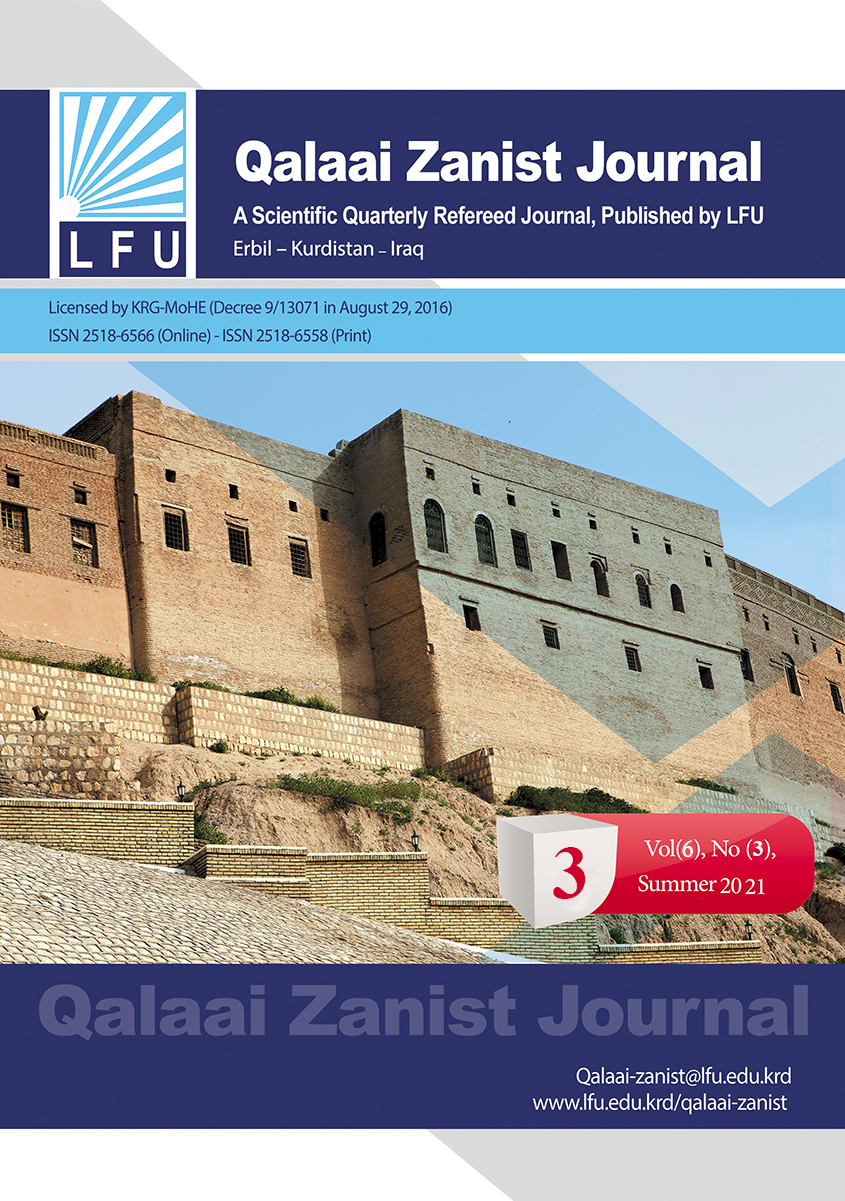The Absence of Parents and the Effect on Juvenile Delinquency Field study in the directorate of weapons women and children in the city of Erbil
##plugins.themes.bootstrap3.article.main##
Abstract
The aim of the study is the effect of the absence of parents or one of them within the family due to (death, emigration, chronic illness, imprisonment, separation (divorce)) on juvenile delinquency. The researcher used the social survey approach and the comparative approach, and the study community is the Directorate of Women and Children’s Reform in the city of Erbil. The researcher used the questionnaire on the interview method to collect data and for presenting and analyzing data of this research and tools statistical such as (mean, standard deviation and Crosstab) all of them used, do used information statistics in social science (SPSS).
The study yielded the following results: the immigration of the father or parents of young people who are acquainted, such as a form of absence of parents at 44%, followed by chronic illness by 36%, death by 32%, imprisonment by 16%, and the rate of separation (divorce) between parents for uninformed juveniles is 8%. And the highest level of the forms of absence of parents is immigration to the outside ranked first, chronic disease ranked second, and death ranked third. The majority of juveniles who are defined according to the type of their deviations are theft and drugs, and the reason for their deviations is due to bad friends, and a majority of those who are known are illiteracy and drop out of school because of work and earning, and the formation of bad relationships and lack of care by the parents due to the absence of parents or one of them inside Family delinquency influence juveniles.
Downloads
##plugins.themes.bootstrap3.article.details##
How to Cite
Copyright (c) 2021 Kameran Jewher Abdullah

This work is licensed under a Creative Commons Attribution 4.0 International License.

